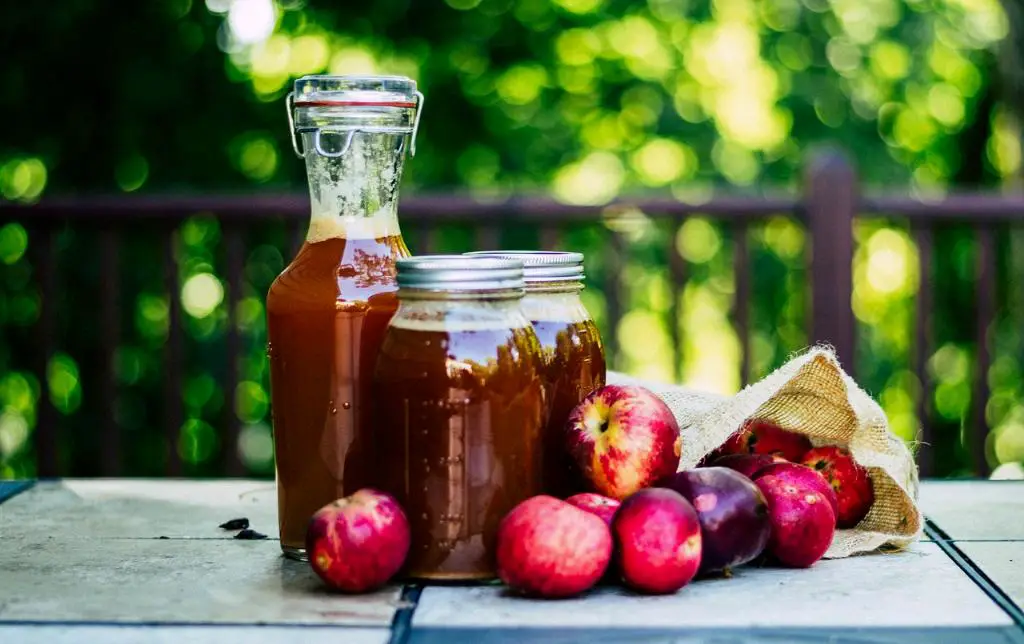When it comes to home canning, vinegar is a common ingredient used for preserving fruits and vegetables. One type of vinegar that often comes up in discussions is apple cider vinegar. But is cider vinegar the same as apple cider vinegar when it comes to canning? Let’s dive into this topic and explore the similarities and differences between the two.
Understanding Apple Cider Vinegar
Apple cider vinegar, often referred to simply as “cider vinegar,” is a type of vinegar made from fermented apple cider. It retains some of the fruity flavors and aromas from apples, giving it a distinct taste that sets it apart from other vinegars.
Use of Apple Cider Vinegar in Canning
When it comes to canning, apple cider vinegar is a popular choice because of its unique flavor profile. It adds a subtle tanginess and depth to canned products, enhancing their taste. However, it’s important to note that not all apple cider vinegars are suitable for canning.
Strength of Apple Cider Vinegar
In home canning, it is crucial to use a vinegar with a minimum acidity of 5% to ensure the safety and preservation of the canned goods. This acidity level helps in preventing the growth of harmful bacteria and microorganisms that can spoil the food.
Difference in Taste and Color
The main difference between apple cider vinegar and other vinegars used for canning lies in their taste and color. Apple cider vinegar imparts a distinct, slightly fruity flavor that can elevate the taste of your canned goods. It also adds a warm, golden tint to the final product, which can be visually appealing.
Other Types of Cider Vinegar
It’s worth mentioning that there are other types of cider vinegar available, such as pear cider vinegar or raspberry cider vinegar. These variations are made using the same fermentation process as apple cider vinegar but using different fruits. While they may offer their unique flavors and characteristics, their suitability for canning depends on their acidity levels.
Choosing the Right Vinegar for Canning
When selecting a vinegar for canning, make sure to read the label and check the acidity level. If the vinegar has a strength of 5% or higher, it is safe to use for canning purposes. Pay attention to the specific type of vinegar mentioned on the label to ensure you are using the right one.
Experimenting with Flavors
If you are feeling adventurous, you can experiment with different types of vinegars, including apple cider vinegar, to create unique flavors in your canned goods. For example, using a pear cider vinegar in your pickled beet recipe might impart a subtle sweetness.

Conclusion
In summary, cider vinegar and apple cider vinegar can be used interchangeably for canning, as long as they have a minimum acidity level of 5%. However, it’s important to note that apple cider vinegar has a unique taste and color that can enhance the flavor and appearance of your canned products. Explore different vinegar options to add exciting flavors to your homemade preserves. Happy canning!
